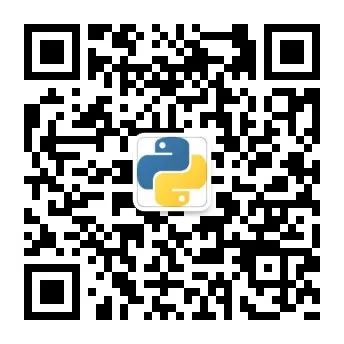I am working on a time series data. The data available is multi-variate. So for every instance of time there are three data points available.
Format:
| X | Y | Z |
So one time series data in above format would be generated real time. I am trying to find a good match of this real time generated time series within another time series base data, which is already stored (which is much larger in size and was collected at a different frequency). If I apply standard DTW to each of the series (X,Y,Z) individually they might end up getting a match at different points within the base database, which is unfavorable. So I need to find a point in base database where all three components (X,Y,Z) match well and at the same point.
I have researched into the matter and found out that multidimensional DTW is a perfect solution to such a problem. In R the dtw package does include multidimensional DTW but I have to implement it in Python. The R-Python bridging package namely "rpy2" can probably of help here but I have no experience in R. I have looked through available DTW packages in Python like mlpy, dtw but are not help. Can anyone suggest a package in Python to do the same or the code for multi-dimensional DTW using rpy2.
Thanks in advance!
Thanks @lgautier I dug deeper and found implementation of multivariate DTW using rpy2 in Python. Just passing the template and query as 2D matrices (matrices as in R) would allow rpy2 dtw package to do a multivariate DTW. Also if you have R installed, loading the R dtw library and "?dtw" would give access to the library's documentation and different functionalities available with the library.
For future reference to other users with similar questions:
Official documentation of R dtw package: https://cran.r-project.org/web/packages/dtw/dtw.pdf
Sample code, passing two 2-D matrices for multivariate DTW, the open_begin and open_end arguments enable subsequence matching:
import numpy as np
import rpy2.robjects.numpy2ri
rpy2.robjects.numpy2ri.activate()
from rpy2.robjects.packages import importr
import rpy2.robjects as robj
R = rpy2.robjects.r
DTW = importr('dtw')
# Generate our data
template = np.array([[1,2,3,4,5],[1,2,3,4,5]]).transpose()
rt,ct = template.shape
query = np.array([[1,2,3,4,5,6,7,8,9,10,11,12,13,14,15,16],[1,2,3,4,5,6,7,8,9,10,11,12,13,14,15,16]]).transpose()
rq,cq = query.shape
#converting numpy matrices to R matrices
templateR=R.matrix(template,nrow=rt,ncol=ct)
queryR=R.matrix(query,nrow=rq,ncol=cq)
# Calculate the alignment vector and corresponding distance
alignment = R.dtw(templateR,queryR,keep=True, step_pattern=R.rabinerJuangStepPattern(4,"c"),open_begin=True,open_end=True)
dist = alignment.rx('distance')[0][0]
print dist
I think that it is a good idea to try out a method in whatever implementation is already available before considering whether it worth working on a reimplementation.
Did you try the following ?
from rpy2.robjects.packages import importr
# You'll obviously need the R package "dtw" installed with your R
dtw = importr("dtw")
# all functions and objects in the R package "dtw" are now available
# with `dtw.<function or object>`
It seems like tslearn's dtw_path() is exactly what you are looking for. to quote the docs linked before:
Compute Dynamic Time Warping (DTW) similarity measure between (possibly multidimensional) time series and return both the path and the similarity.
[...]
It is not required that both time series share the same size, but they must be the same dimension. [...]
The implementation they provide follows:
H. Sakoe, S. Chiba, “Dynamic programming algorithm optimization for spoken word recognition,” IEEE Transactions on Acoustics, Speech and Signal Processing, vol. 26(1), pp. 43–49, 1978.



